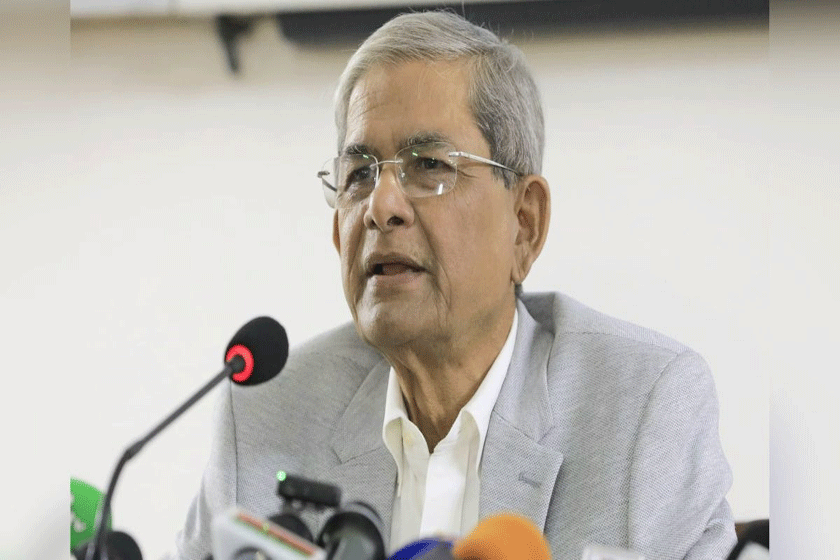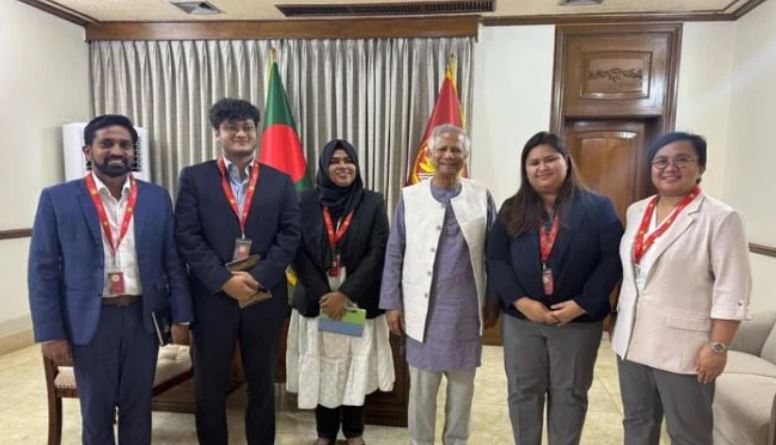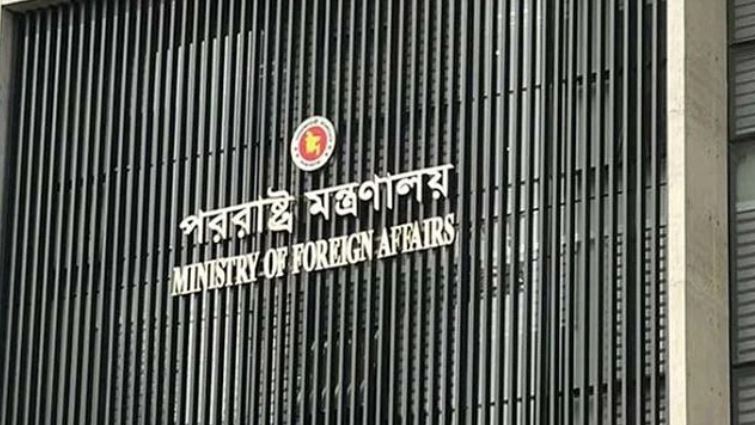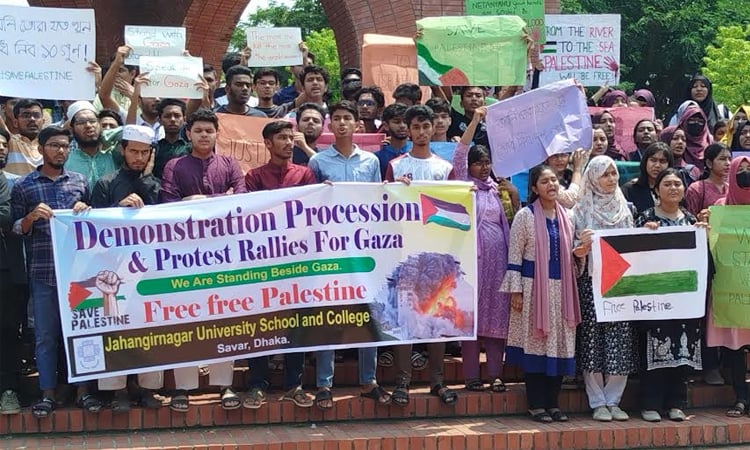
Indian Foreign Secretary Harsh VardhanShringla said this while inaugurating the South Asia Group on Energy (SAGE) organised by the Research and Information System for Developing Countries (RIS) in New Delhi on Wednesday. COURTESY
India is exploring the potential of supplying refined-LNG with Bangladesh through cross-border pipeline by establishing an LNG terminal under South Asian regional power co-operation. The country is also working to promote a regional approach to the energy needs through conventional sources like hydropower, solar, wind or even petroleum products
Indian Foreign Secretary Harsh VardhanShringla said this while inaugurating the South Asia Group on Energy (SAGE) organised by the Research and Information System for Developing Countries (RIS) in New Delhi on Wednesday. Harsh VardhanShringlasaid, his country is working to promote the sub-region comprising Bhutan, Bangladesh, Nepal, Myanmar and India as an energy hub.
Shringla, former High Commissioner to Bangladesh, said: "Being the largest producer and consumer of energy in the region, it is natural for us to be the epicentre for any energy initiative in the region. We have to make energy affordable, accessible and clean."
Shringla said, "Energy connectivity is one of the most dynamic sectors of cooperation in our relationship with Bangladesh. Our cooperation in hydrocarbons' sector is diversifying into the entire value chain of oil and gas sector." The bilateral hydrocarbon trade stood at USD 337.3 million in 2019-20, he said.
He pointed that India is constructing the India-Bangladesh Friendship Pipeline from Siliguri to Parbatipur in Bangladesh for supply of high speed diesel and that Indian energy majors ONGC Videsh Ltd and Oil India Ltd have invested nearly US$ 24.26 million in two shallow water blocks in Bangladesh.
Prime ministers of India and Bangladesh jointly inaugurated the project to import bulk LPG from Bangladesh in October 2019 in a move that increases bilateral trade and ensures sustained and affordable supply of LPG to the northeastern region of India, which is supplied from Chattogram by Bangladeshi trucks to Tripura, Shringla said.
He said Indian Oil Corporation Limited (IOCL) is currently undertaking a number of activities in Bangladesh in coordination with Bangladesh Petroleum Corporation (BPC) and Petrobangla and a joint venture has been formed between IOCL and Beximco in June 2020 to further expand its downstream business in Bangladesh and other countries.
"A proposal for supplying R-LNG through cross-border pipeline and establishment of an LNG terminal are also being explored," the Foreign Secretary said.
He said South Asian regional cooperation in energy sector can attract higher investments and usher in complementary infrastructure creation for transmission and transit, avoidance of duplication of generation and distribution infrastructure, harmonisation of policy framework across borders and a robust market place for best price discovery for both buyers and sellers.
The Indian top diplomat said the primary focus of South Asian regional energy cooperation is on electricity.
India is currently supplying 1160 MW of power to Bangladesh through two existing interconnections and the two countries are in discussion regarding the construction of a 765kV power interconnection through Katihar in India via Parbatipur in Bangladesh to Bornagar in India, which when constructed, will reinforce interconnection of grids in the region. India is assisting Bangladesh through concessional credit in construction of transmission lines as well as power evacuation facilities from the upcoming Rooppur Nuclear Plant, Shringla said.
"To translate our vision of enhanced energy cooperation in the region, the most optimal solution is an integrated regional grid," he suggested but at the same time pointed to challenges like inadequate transmission infrastructure, unnecessary duplication, lack of guarantee of power availability and offtake, insufficient coordination among national authorities, technical differences and regulatory mismatch.












0 Comments